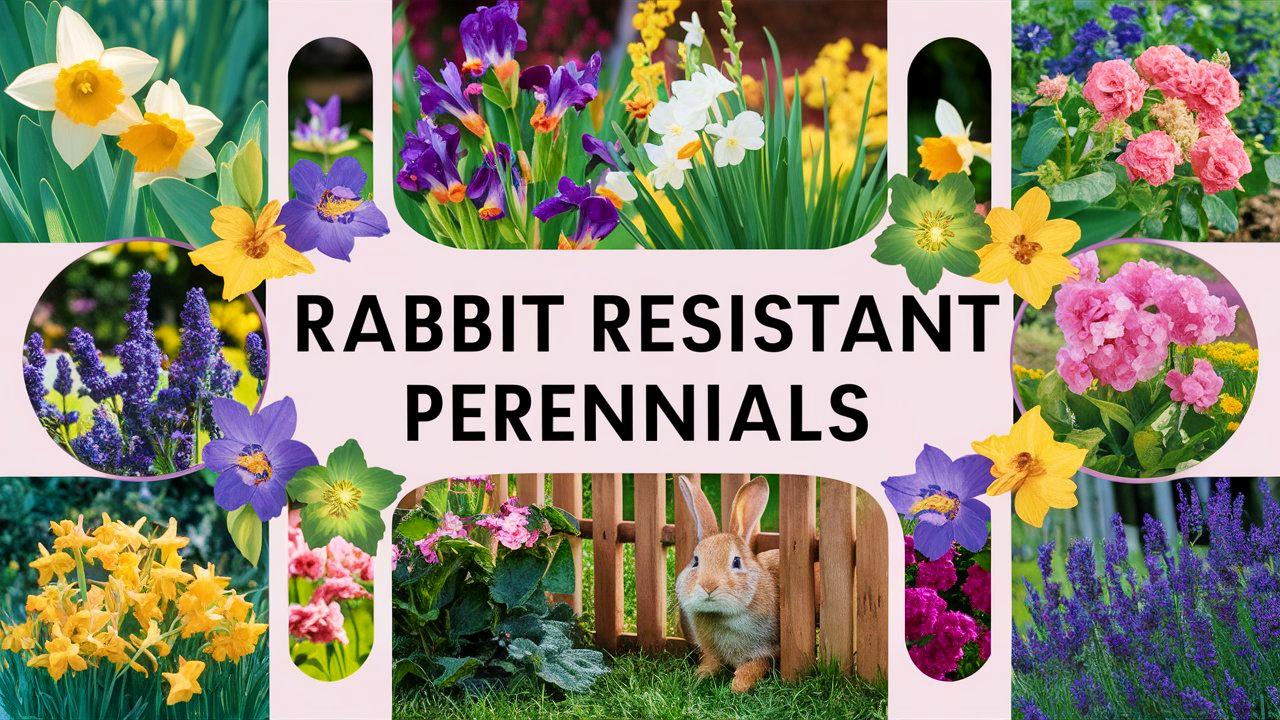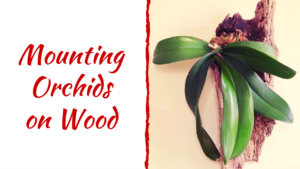When selecting plants for your garden, one of the challenges is ensuring that your hard work isn’t demolished by foraging rabbits. Many perennials can thrive in your garden while also proving to be unappealing to these pesky critters. Let’s explore a delightful variety of rabbit-resistant perennials, each bringing its own unique charm and utility to your landscape.
Lavender
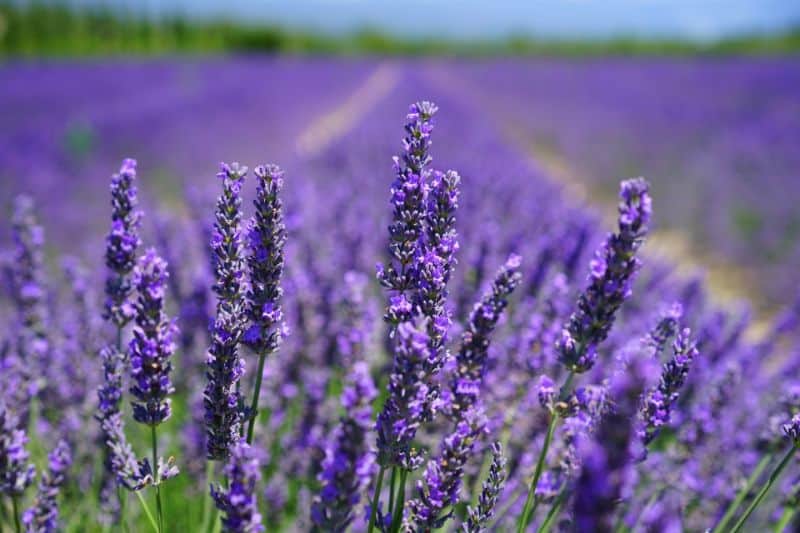
Lavender (Lavandula) is not only beloved for its fragrant aroma and beautiful purple flowers but also for its versatility in the garden. This woody perennial thrives in well-drained soil and full sun, making it an excellent choice for borders or sunny rock gardens. Rabbits avoid lavender due to its strong scent; the essential oils found in the leaves can be overpowering and deter these animals. Furthermore, lavender attracts beneficial insects such as pollinators, adding life to your garden. Once established, it’s a low-maintenance perennial, requiring minimal watering and offering beautiful blooms that can be harvested for use in sachets or culinary delights.
Russian Sage
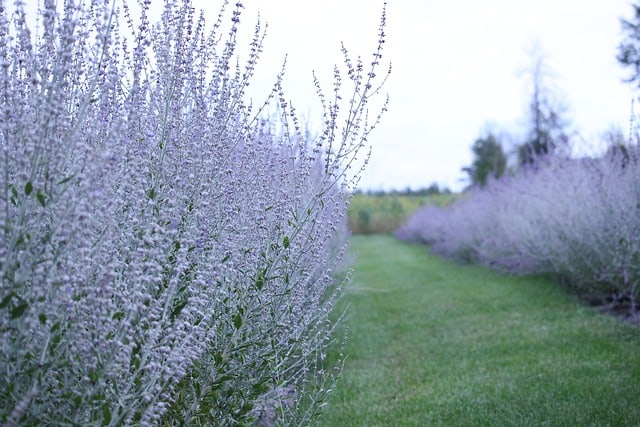
Russian sage (Perovskia atriplicifolia) is another robust perennial that thrives in dry and poor soil conditions, making it perfect for low-maintenance gardens. This plant features silvery-green foliage and produces tall spikes adorned with small, lavender-blue flowers that bloom from late summer to fall. Its aromatic leaves are unappealing to rabbits, who tend to steer clear of the plant. Additionally, Russian sage is drought-tolerant and pest resistant, making it an excellent choice for sustainable gardening. Not only does it provide height and vertical interest, but it also attracts butterflies and other pollinators.
Yarrow
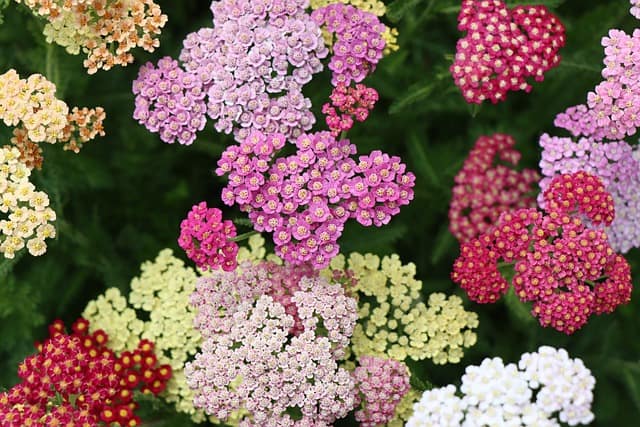
Yarrow (Achillea millefolium) is a hardy perennial known for its feathery foliage and clusters of tiny flowers, which can bloom in an array of shades from white to pink to yellow. This plant thrives in poor, well-drained soils and requires little watering once established, making it an eco-friendly addition to any garden. Its aromatic foliage emits a scent that is not favored by rabbits, thus keeping them at bay. Yarrow is also useful for attracting beneficial insects and can be dried for floral arrangements. Additionally, it possesses medicinal properties, historically used for its anti-inflammatory and wound-healing effects.
Sedum
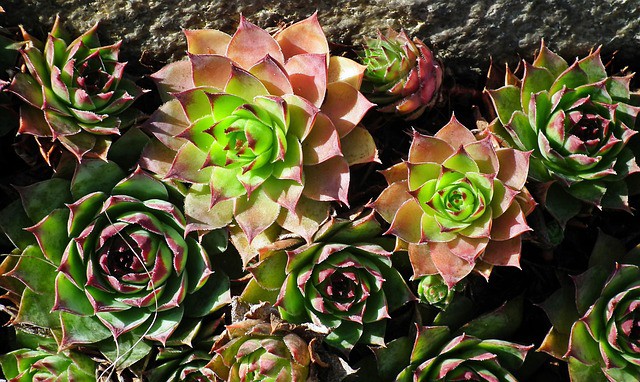
Sedum, often referred to as stonecrop, is a succulent perennial with thick, fleshy leaves that store water, enabling it to thrive in dry conditions. With various species ranging from ground covers to upright varieties, sedums are a versatile choice for gardeners. Their dense, succulent leaves are unappealing to rabbits, who generally avoid these plants. Many sedum varieties bloom with small star-shaped flowers in late summer, attracting bees and butterflies. Low-maintenance and tolerant of poor soil, sedums are excellent for rock gardens, container gardening, or as a drought-tolerant ground cover.
Catmint
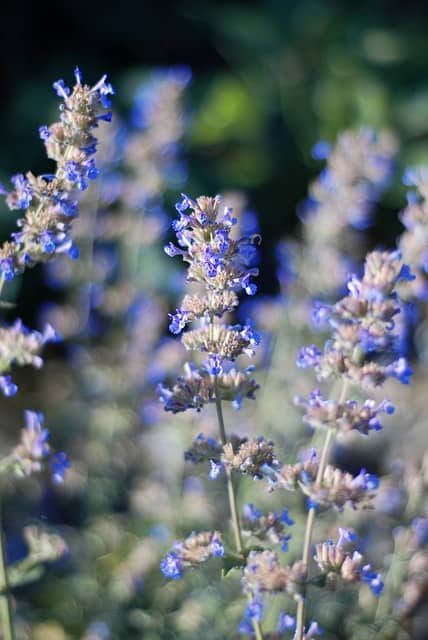
Catmint (Nepeta) is a perennial that not only resists rabbit grazing but also delights cats with its aromatic foliage. The plant produces spikes of lavender-blue flowers from late spring to summer, giving gardens a soft, airy feel. Catmint thrives in full sun and is drought-tolerant once established, making it a fantastic addition to mixed borders or herb gardens. Beyond its resistance to rabbits, catmint is also known to attract pollinators like bees and butterflies. Its fragrant leaves, while attractive to some pets, are typically unpalatable to rabbits, making it a safe plant for your garden.
Lamb’s Ear
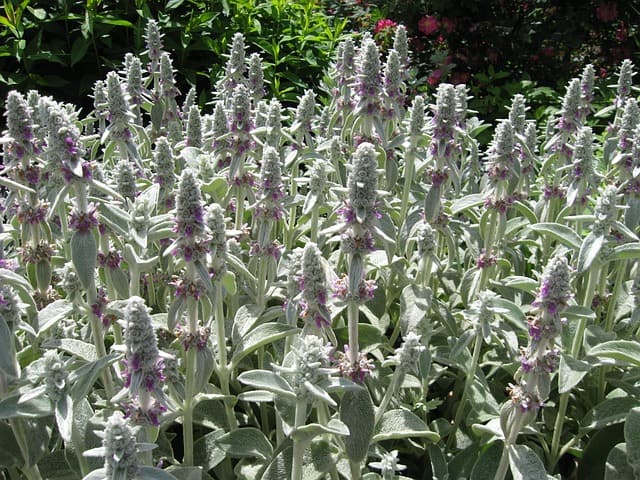
Lamb’s ear (Stachys byzantina) is a striking perennial known for its incredibly soft, fuzzy leaves that resemble a lamb’s ear—hence the name. This plant is hardy and drought-tolerant, thriving in well-drained soil and full sun or partial shade. Rabbits often avoid lamb’s ear due to its velvety texture and low palatability. This perennial produces spikes of pink-purple flowers that are not only ornamental but also attract bees. Lamb’s ear is a great choice for borders and can be planted in mass for a plush ground cover.
Bee Balm
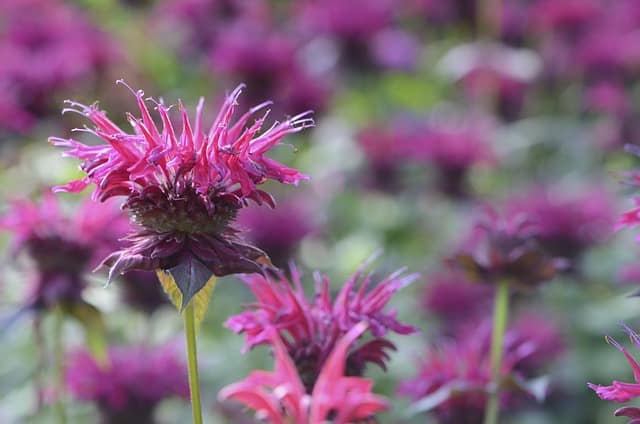
Bee balm (Monarda) is a vibrant perennial that adds a splash of color to the garden with its unique tubular blooms in red, pink, or purple, attracting hummingbirds and butterflies. Though rabbits may nibble on it, the strong minty aroma acts as a deterrent, often keeping them at bay. Bee balm flourishes in well-drained soil and prefers full sun to partial shade, making it an excellent choice for pollinator gardens or cottage gardens. Additionally, bee balm’s leaves are edible and can be used to make refreshing herbal teas.
Foxglove
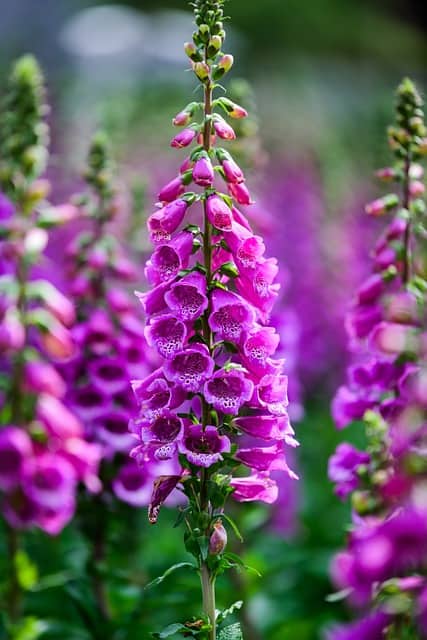
Foxglove (Digitalis purpurea) is known for its stunning tall spikes of bell-shaped flowers that come in shades of purple, pink, and white. This biennial/perennial plant prefers partial shade and moist, well-drained soil. Its toxic properties make it unappealing to rabbits, as most animals innately avoid poisonous plants. Foxgloves attract various pollinators, including bees and butterflies, making them beneficial for biodiversity in your garden. However, use caution when planting, as all parts of the plant are toxic if ingested.
Peony
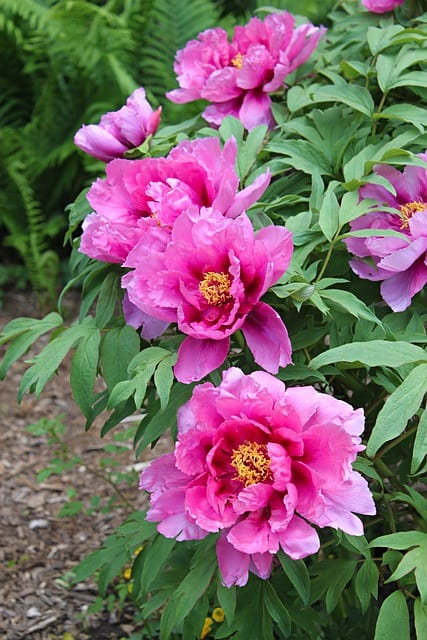
Peonies (Paeonia) are perennial favorites in many gardens, prized for their large, fragrant blooms in a multitude of colors. These robust plants thrive in well-drained soil and full sun, establishing deep root systems that make them resilient to various pests and diseases. Rabbits tend to leave peonies alone, possibly due to their thick stems and large foliage. Peonies are long-lived perennials and can bloom for decades, providing stunning cut flowers for arrangements and adding elegance to the garden.
Coneflower
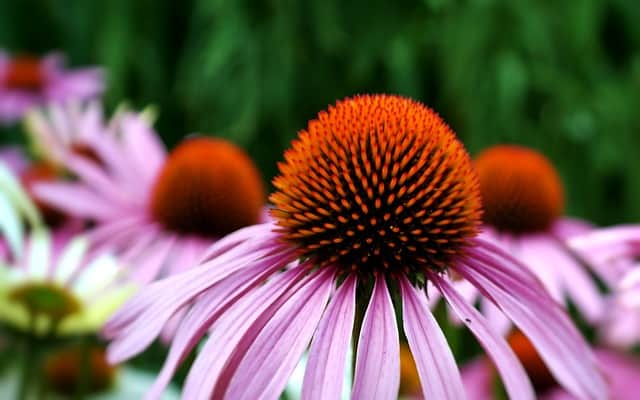
Coneflower (Echinacea) is a popular North American native perennial known for its daisy-like appearance and resilience in dry conditions. The iconic purple coneflower, among other species, attracts not only pollinators but also songbirds that enjoy its seeds. The tough, spiky flowers are generally unappealing to rabbits, who typically avoid eating them. Coneflowers thrive in well-drained soil and prefer full sun. They put on a spectacular show from mid-summer to fall, providing color and interest when many other plants have finished blooming.
Coreopsis
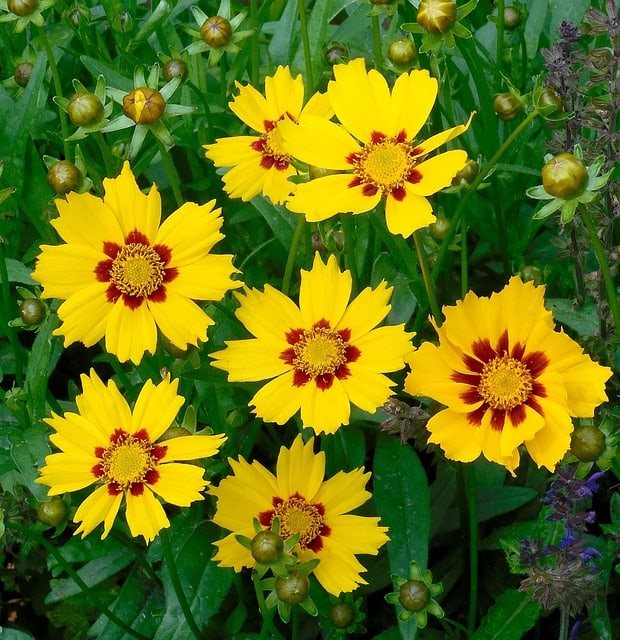
Coreopsis, commonly known as tickseed, is a cheerful perennial that produces masses of bright yellow or reddish flowers throughout the summer. This drought-tolerant plant thrives in poor soil and is perfect for borders, wildflower gardens, or mass plantings. Rabbits are often deterred by its slightly bitter foliage. Coreopsis attracts a variety of pollinators, making it beneficial for supporting local ecosystems. With its long blooming period and minimal care requirements, coreopsis is an excellent choice for gardeners looking to brighten up their spaces.
Bleeding Heart
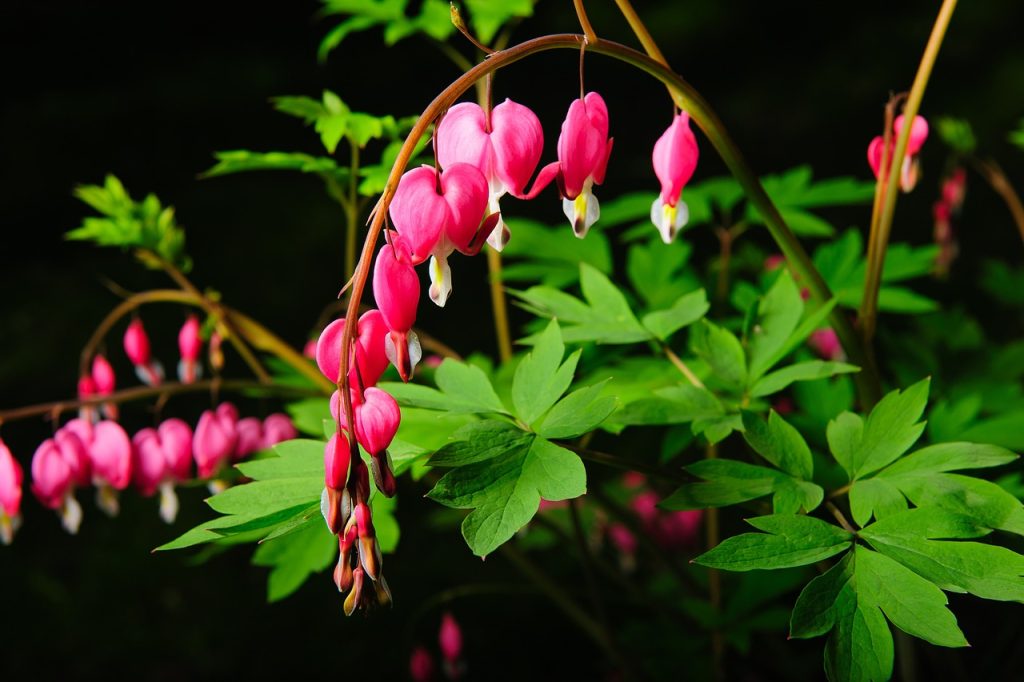
Bleeding heart (Lamprocapnos spectabilis) is a charming perennial that produces heart-shaped pink or white flowers along arching stems in the spring. This shade-loving plant prefers moist, well-draining soil and thrives in partial to full shade, making it ideal for woodland gardens or shady borders. Rabbits tend to avoid this plant, potentially due to its softness and variety of shapes that may not be as enticing. Bleeding hearts are particularly beautiful and can create a romantic, vintage feel in any garden space.
Japanese Anemone
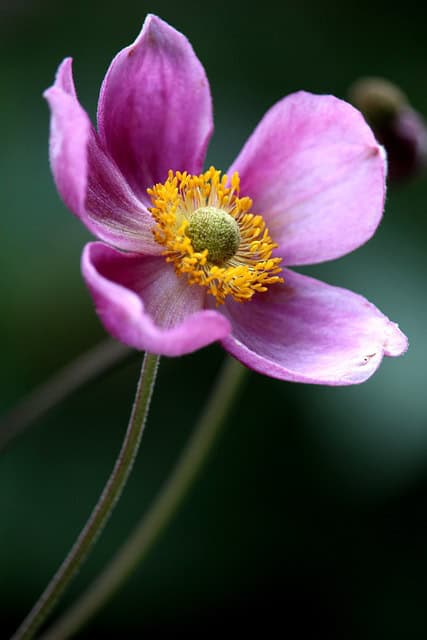
Japanese anemone (Anemone hupehensis) is an elegant perennial with graceful, cup-shaped flowers that bloom in late summer to fall, adding color when many plants have begun to fade. Preferring well-drained soil and partial shade, this plant is robust and can thrive in various conditions. Japanese anemones typically grow tall and can serve as a stunning focal point in garden beds or borders. Their unpalatable taste keeps rabbits at bay, allowing these graceful flowers to flourish in peace.
Bergenia
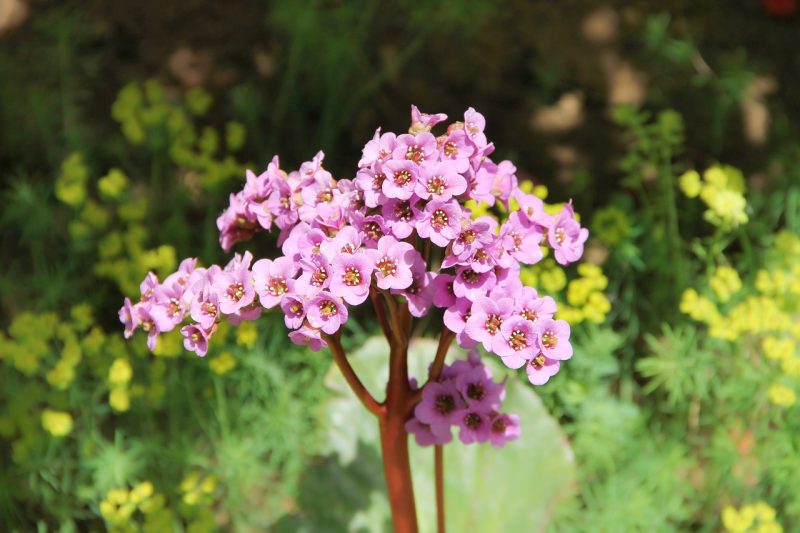
Bergenia, also known as pigsqueak, is a hardy, shade-loving perennial known for its thick, glossy leaves and early spring flowers that resemble small daisies. Bergenia is particularly valuable for its ability to thrive in areas with poor, rocky, or sandy soil. The thick foliage is often avoided by rabbits due to its texture and taste. This perennial is resilient and once established, it requires little maintenance. Besides its impressive foliage, Bergenia can serve as an effective ground cover, improving soil conditions while also providing a habitat for various garden insects.
Balloon Flower
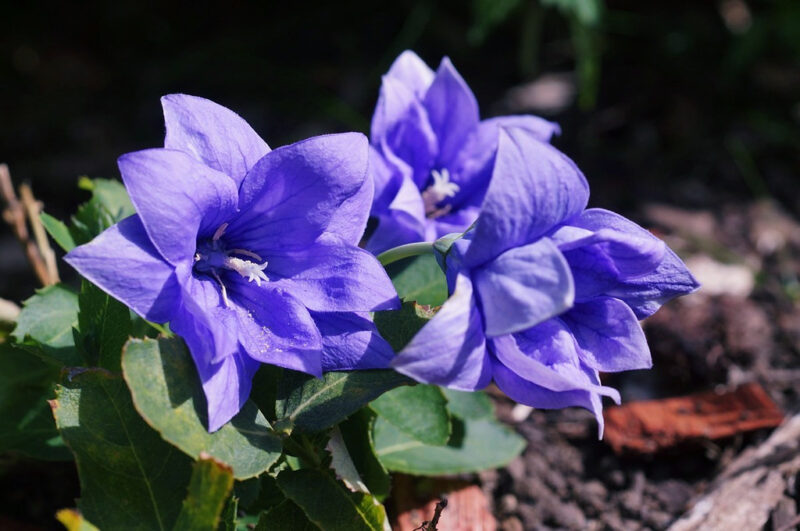
Balloon flower (Platycodon grandiflorus) is a unique perennial beloved for its balloon-like buds that burst open into star-shaped flowers. Blooming in shades of blue, purple, or white, balloon flowers can thrive in full sun to partial shade and well-drained soil. The hardy nature of this plant means it can adapt to various conditions, making it a versatile addition to the garden. Its thick leaves and stems are not favored by rabbits, allowing them to grow relatively unharmed. Balloon flowers also attract pollinators, enriching the biodiversity of your garden.
Hellebore
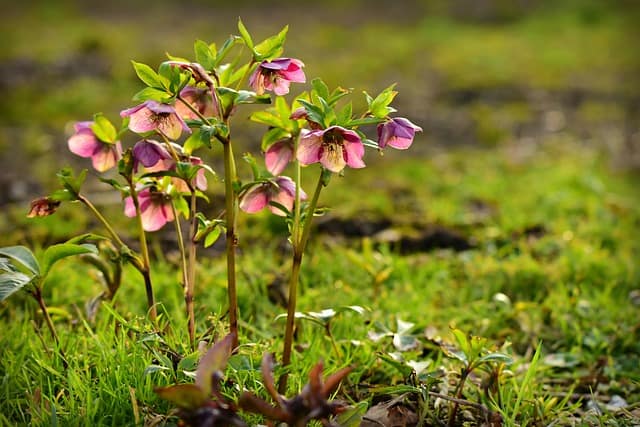
Hellebore, or Christmas rose, is a perennial that blooms in early spring, often emerging before the snow has melted. With its striking, cup-shaped flowers in subtle shades of pink, purple, and green, hellebore is an excellent choice for shady, woodland gardens. The toxic properties of this plant keep rabbits at bay, who instinctively avoid its foliage. Hellebores are also known for their ability to thrive in poor soil, requiring minimal maintenance and attracting early pollinators throughout their blooming season.
Coral Bells
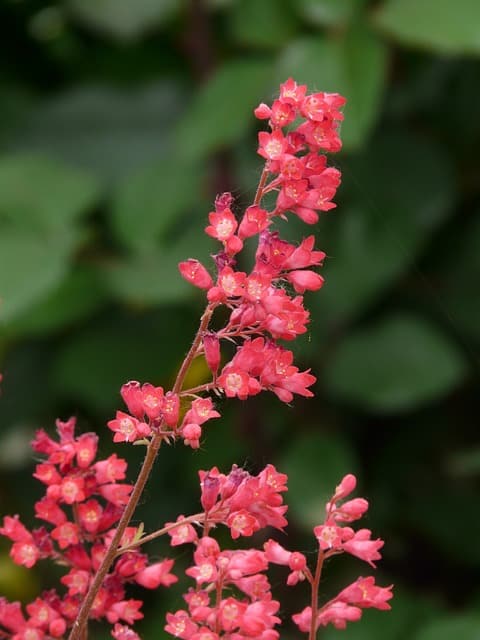
Coral bells (Heuchera) are prized primarily for their colorful foliage and delicate flower spikes that add texture and vibrant colors to shade gardens. Available in a wide array of colors—from deep burgundy to lime green—coral bells create visual interest throughout the season. Rabbits often avoid these plants because of their unique leaves’ slightly bitter flavor. Coral bells prefer well-drained, fertile soil and partial shade, making them excellent companions for hostas, ferns, and other shade-loving plants.
Black-Eyed Susan
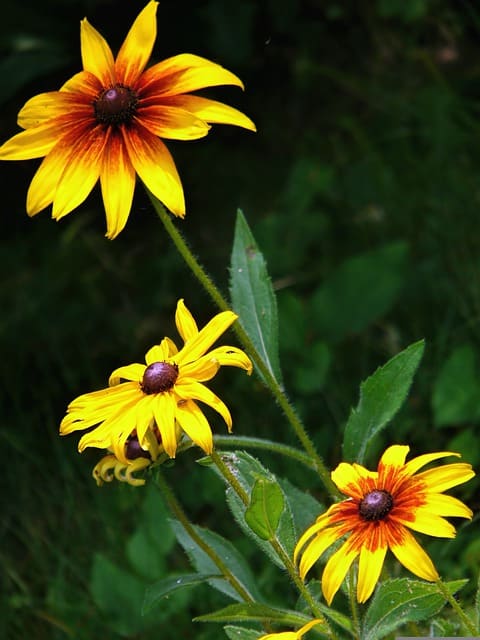
Black-eyed Susan (Rudbeckia hirta) is a cheerful perennial that produces bright yellow flowers with dark centers, thriving in full sun and reaching heights of up to three feet. This native plant attracts a wide range of pollinators, including bees and butterflies, enhancing the ecological value of your garden. Rabbits typically avoid these resilient blooms due to their coarse texture and bold appearance. With its ability to adapt to poor soil and drought conditions, Black-eyed Susan is a must-have for sustainable gardening and naturalized areas.
Beech Fern
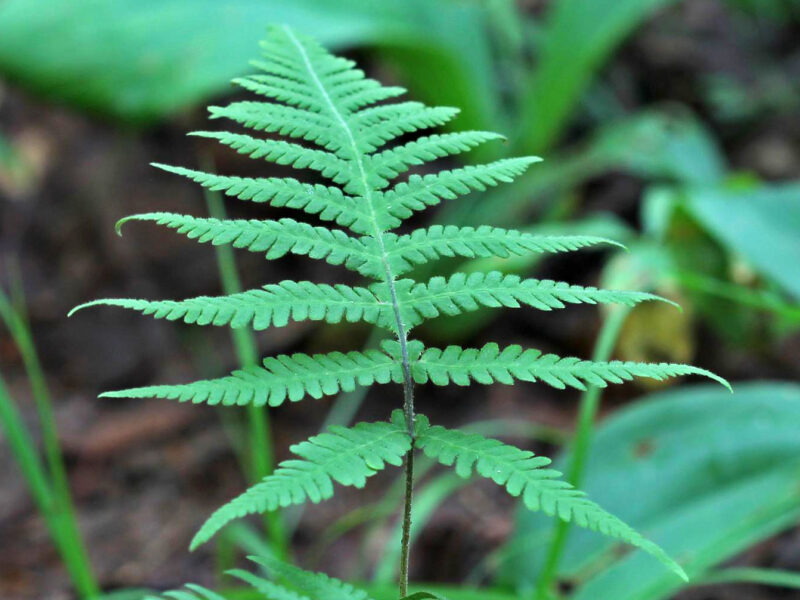
Beech fern (Phegopteris connectilis) is a hardy perennial that thrives in shady, wooded areas, making it a great choice for woodland gardens. This fern’s delicate, lacy fronds add softness and texture to the garden landscape, particularly in shady spots where many flowering plants might struggle. The fibrous texture and slightly bitter taste of beech fern make it unappealing to rabbits. Additionally, as a native plant, beech ferns provide important cover and habitat for various garden wildlife, enhancing the biodiversity of your landscape.
Bugleweed
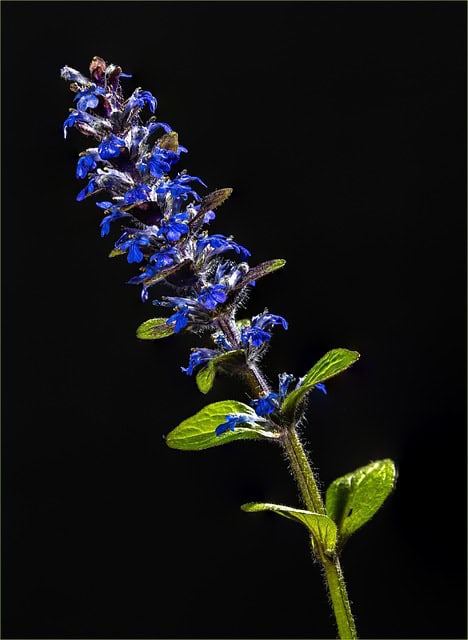
Bugleweed (Ajuga reptans) is a ground-covering perennial with attractive foliage and spiky flower clusters. This hardy plant is often used to suppress weeds and stabilize soil in shady areas. Bugleweed is not favored by rabbits, who typically steer clear due to its dense leaves and unique flavor. It thrives in a range of soil conditions and can often outcompete more aggressive weeds. Bugleweed is not only a practical plant for filling in areas of your garden but also attracts beneficial insects such as bees when in bloom.
Ornamental Onion
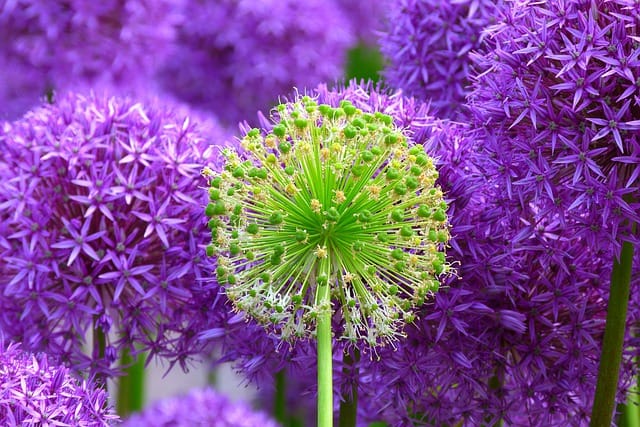
Ornamental onion (Allium giganteum) is a striking perennial known for its impressive globe-like flower heads on tall green stalks. These bold blooms emerge in late spring to early summer, adding architectural interest to your garden and drawing various pollinators. Rabbits find the strong onion scent unappealing, which helps keep these adorable yet troublesome creatures at bay. These plants require full sun and well-drained soil, thriving in garden beds or borders, and can complement other flowering perennials beautifully.
Red Hot Poker
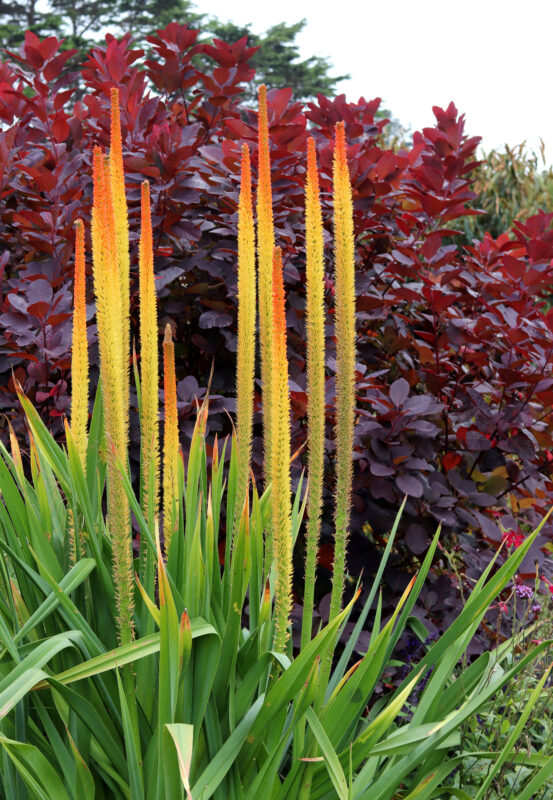
Red hot poker (Kniphofia uvaria) is a unique perennial known for its tall, tubular flower spikes that bloom in striking shades of red, orange, and yellow. These plants are drought-tolerant and thrive in full sun, adding a dramatic flair to any garden. Rabbits typically avoid red hot poker plants, possibly due to their unusual texture and strong flavor. The vibrant blooms attract hummingbirds and butterflies, enriching your garden’s biodiversity while offering a feast for the eyes during the summer months.
Monkshood
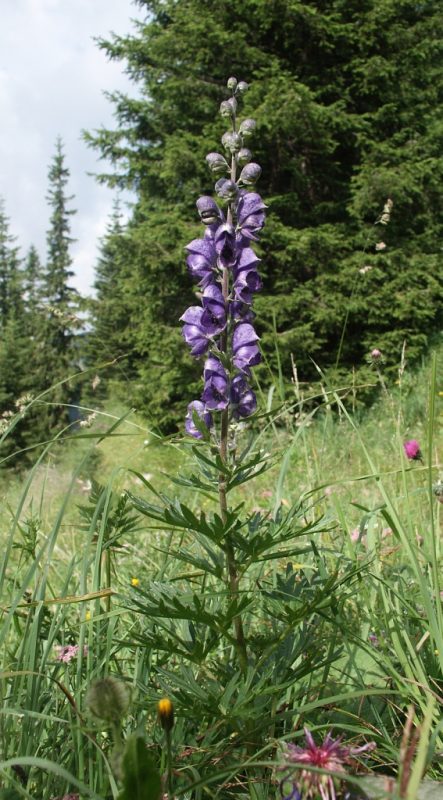
Monkshood (Aconitum) is a striking perennial with unique, hooded flowers that come in shades of blue, purple, or white. This plant flourishes in shady, moist areas, often found in woodland or cottage gardens. Despite its beauty, monkshood should be handled with care, as it is highly toxic if ingested. This toxic property acts as a natural deterrent to rabbits, who tend to avoid it. Besides serving as an eye-catching focal point in shaded areas, monkshood also supports various pollinators, contributing to a balanced ecosystem in your garden.
Spurge
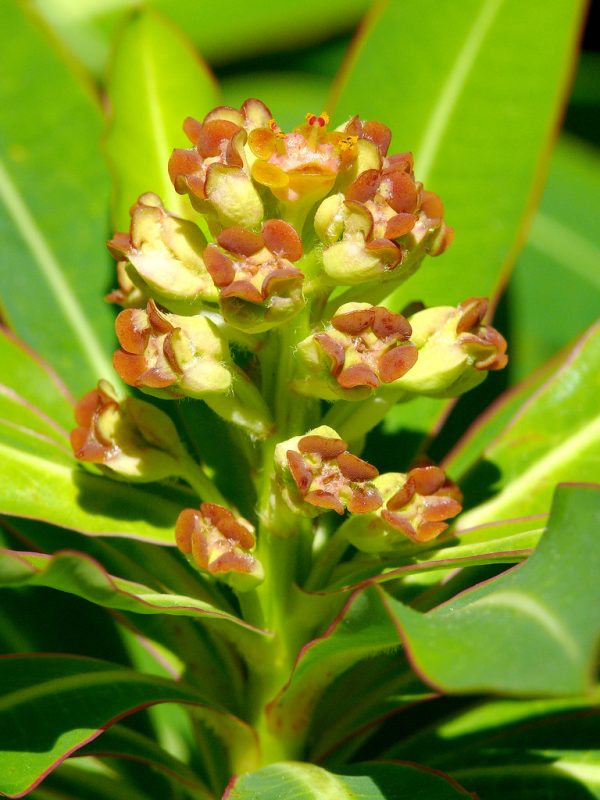
Spurge (Euphorbia) is a diverse group of perennials with a wide range of forms, from low-growing ground covers to upright types with unique shaped flowers. This resilient plant thrives in various soil types, from sandy to rocky, and prefers full sun. The milky sap found in spurges can be irritating to rabbits, making it a plant they usually avoid. Some varieties also have attractive foliage, often featuring stunning variegation that can enliven borders and sunny spots. Additionally, spurges pair well with many other perennial species, enhancing overall visual appeal.
Barrenwort
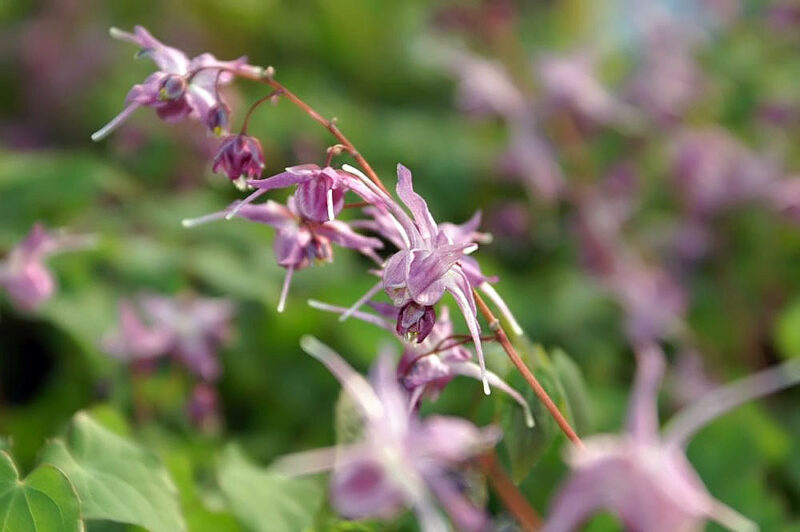
Barrenwort (Epimedium) is a charming perennial originating from woodland areas, known for its delicate heart-shaped leaves and lovely flowers. It often blooms in spring with nodding flowers that come in colors ranging from white to pink and yellow. Barrenwort thrives in shady areas, making it an excellent choice for beneath trees or in other less sunny spots. Rabbits are less likely to munch on this plant, as its texture and taste are less appealing to them. Barrenwort also acts as a wonderful ground cover, helping to control weeds while providing a lush green carpet of foliage.
Larkspur
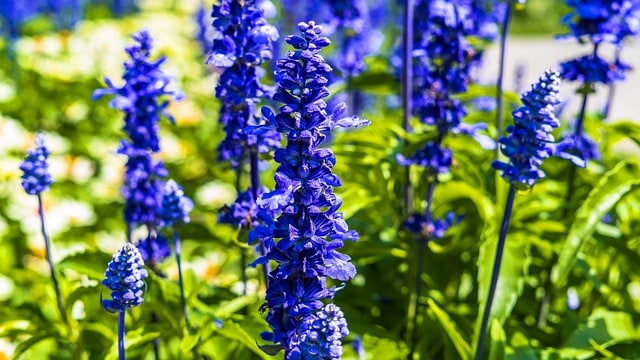
Larkspur (Delphinium) is a stunning, tall perennial boasting impressive spikes of blue, purple, or white flowers. Perfect for cottage gardens or mixed perennial borders, larkspur can reach heights of up to six feet, adding vertical interest and drama. While the foliage can be toxic, rabbits tend to avoid larkspur since its bitter foliage isn’t to their liking. Larkspur thrives in full sun and well-drained soil, thriving well in cooler climates. This perennial also attracts a variety of pollinators, encouraging biodiversity in your garden.
Lady’s Mantle
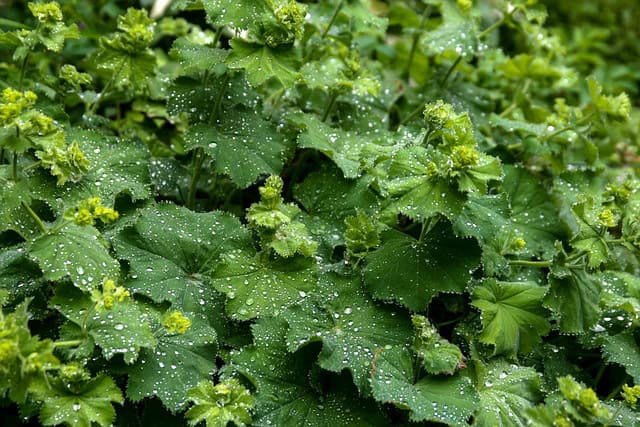
Lady’s mantle (Alchemilla mollis) is a perennial well-loved for its scalloped leaves that catch dew, glistening with little beads of water in the morning sun. This plant thrives in partial shade and fertile, well-drained soil, making it a favorite in shade gardens. Rabbits typically steer clear of lady’s mantle due to its rough texture and bitter taste. The plant produces small, greenish-yellow flowers in the summer, creating a soothing atmosphere in the garden. Lady’s mantle is also useful for erosion control and can be used as a companion plant with other perennials.
Mugwort
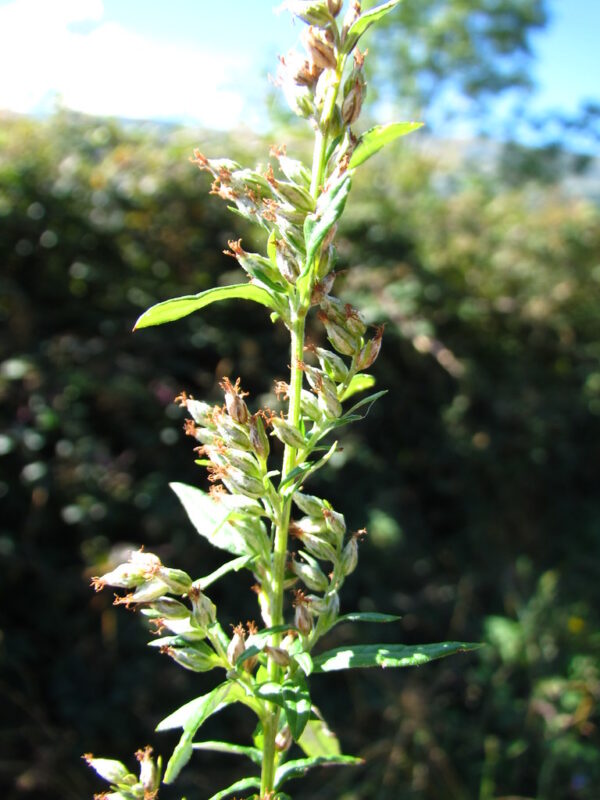
Mugwort (Artemisia vulgaris) is a robust perennial characterized by its fragrant, feathery foliage. Its aromatic leaves are a natural pest deterrent that can repel rabbits and other garden pests. Mugwort thrives in a wide range of soils and prefers full sun, adapting to various environmental conditions. With a rich history in herbal medicine, mugwort can be used dried in sachets or herbal remedies, further enhancing its value in the garden. This resilient plant can also provide a distinctive textural contrast to other perennial blooms.
Lenten Rose
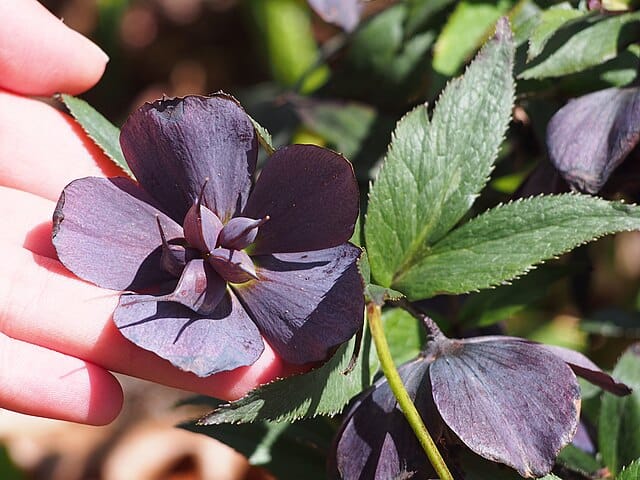
Lenten rose (Helleborus orientalis) is a remarkable perennial that blooms in late winter to early spring, often while snow is still present. The flowers can come in various colors, including shades of pink, purple, green, and white, creating visual interest during the dullest months of the year. Lenten roses thrive in shaded areas with well-drained soil and are generally tolerant of diverse garden conditions. Their toxicity acts as a natural deterrent against rabbits. Lenten roses require minimal care, making them a valued addition to any shade garden.
False Goat’s Beard
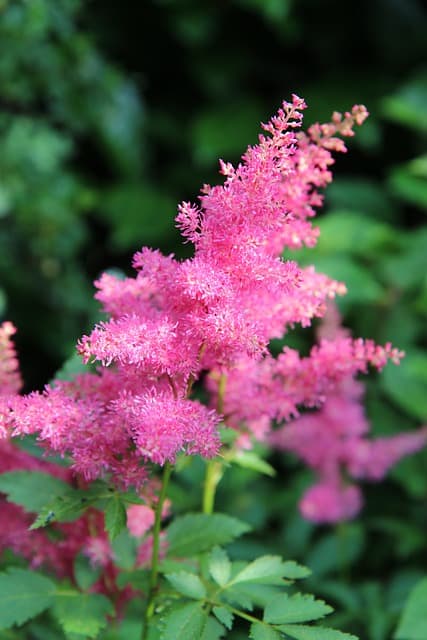
False goat’s beard (Astilbe) is a perennial known for its feathery plumes of flowers that bloom in summer and can vary from white and pink to deep red. Thriving in moist, well-drained soil, astilbe prefers partial shade, making it suitable for woodland gardens or shady borders. The plant’s strong aroma is typically avoided by rabbits; additionally, its robust structure deters them due to its coarse texture. False goat’s beard not only adds beautiful blooms throughout the summer but also provides lush foliage that can contribute significantly to the garden’s overall aesthetics.


